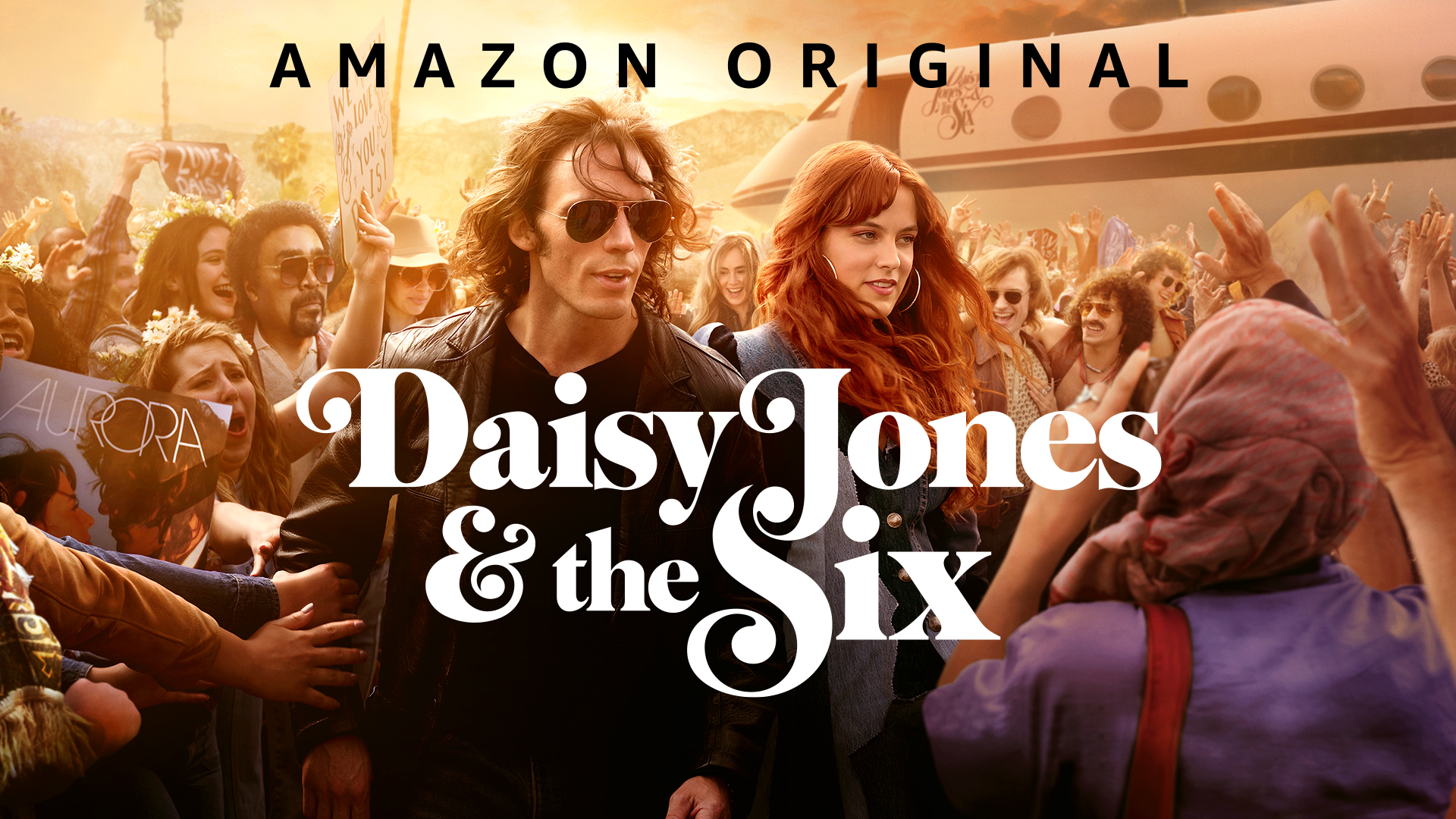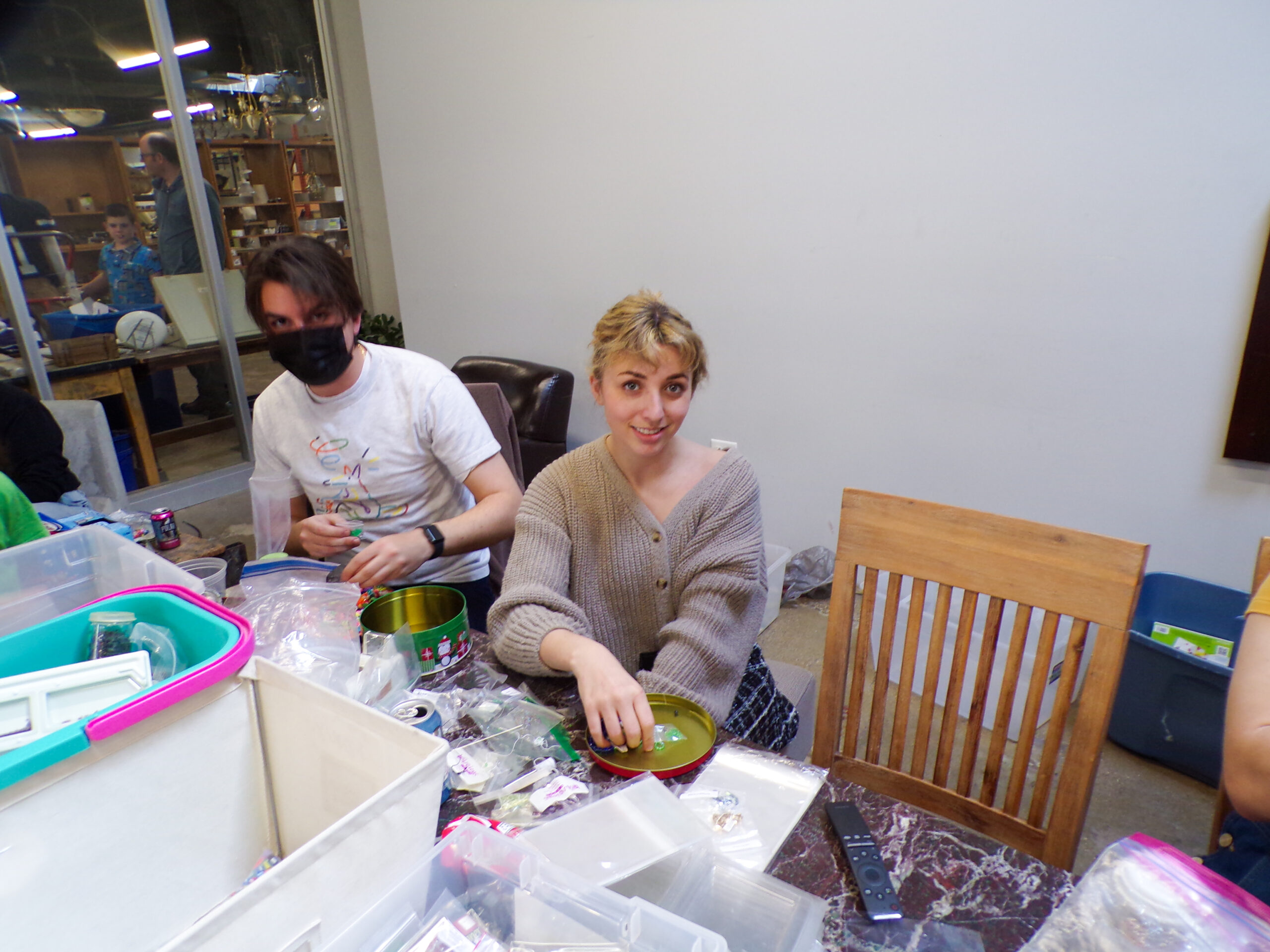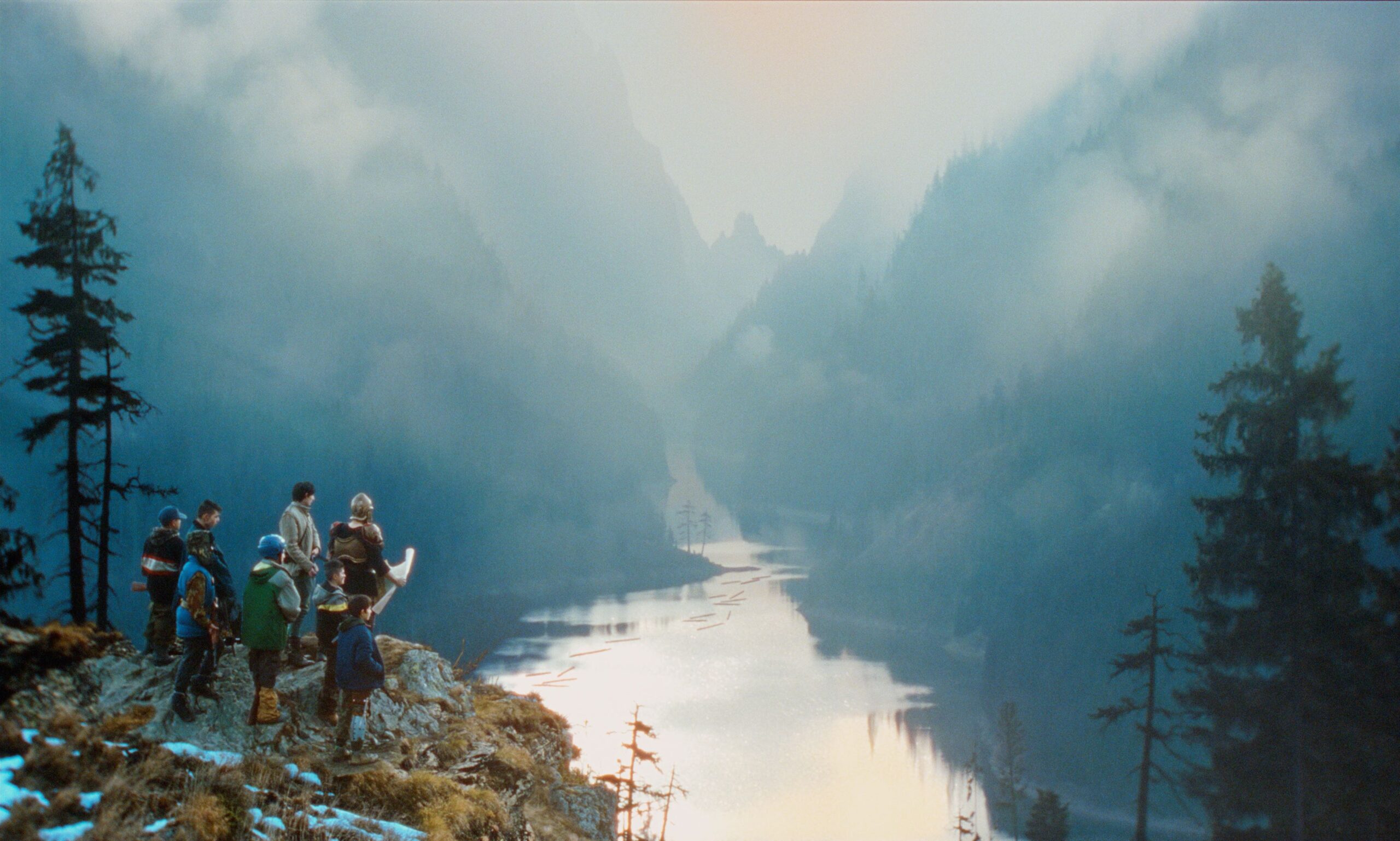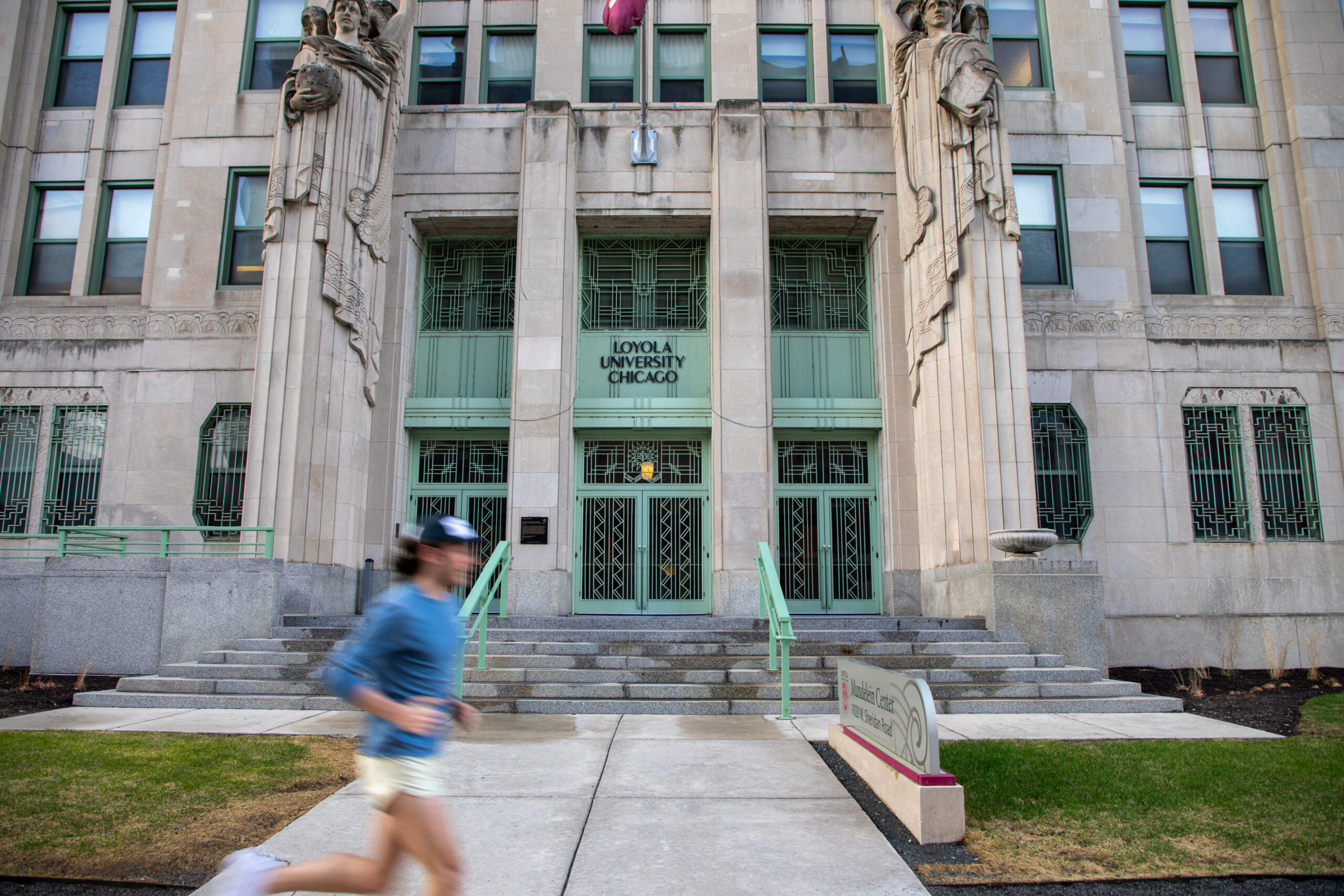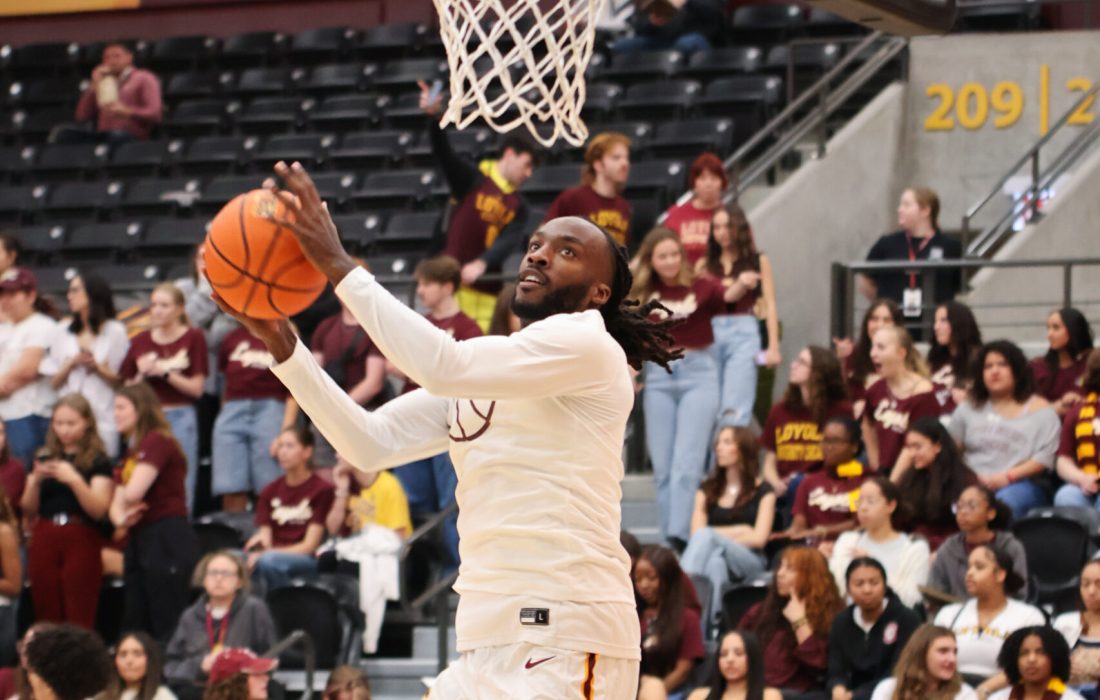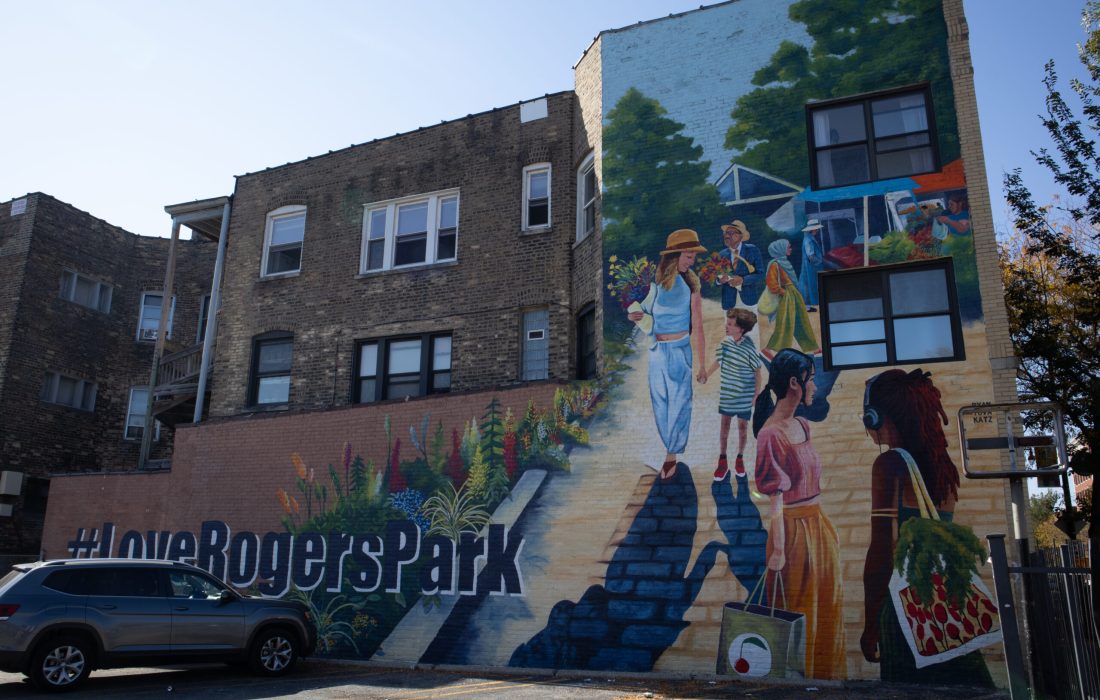“Daisy Jones & The Six” television adaptation transports viewers back to the era of rock ‘n’ roll.
From disco pioneers to the stars of rock ‘n’ roll, “Daisy Jones & The Six” is a time machine to the ‘70s layered in a ten episode mini-series. Adapted from the New York Times bestseller of the same name by Taylor Jenkins Reid, the show fails to mimic the novel’s heartfelt scenes and characters.
“Daisy Jones & The Six” follows the struggles and successes of rock ‘n’ roll band The Six, along with the upbringing and stardom of singer and main character Daisy Jones, leading to their eventual merge.
Formatted in mock-interview style, the show has former members of the band and those in their circle reflecting on everything that made “Daisy Jones & The Six” the biggest band in the world, ending with a tell-all of their eventual breakup at Soldier Field.
The show starts with two sets of actors, one for young versions of the characters and one for the older versions. The young actors don’t return past episode one. Instead, the show uses the same actors for the characters’ older mature selves and for flashback scenes. A confusing choice, the division hindered viewers’ perceptions of character growth.
The relationship between Daisy Jones (Riley Keough) and singer and lead guitarist, Billy Dunne (Sam Claflin) is more dramatized than within the novel. Losing its will-they-won’t-they tension, the relationship between Daisy and Billy glides quickly from romantic to platonic, causing viewers to see them as damaged and broken without redeemable qualities.
The subtle but necessary changes from the novel’s characters to the cast make the show worth watching. Changes in white-implied characters in the novel to people of color, like drummer Warren Rojas (Sebastian Chacon) and music producer Teddy Price (Tom Wright), along with an emphasis on Camila Dunne’s (Camila Morrone) Hispanic background, added much needed diversity that lacked in the novel.
The show also gave Daisy’s best friend Simone Jackson (Nabiyah Be) a larger role. While Simone’s appearances in the novel are sporadic, the show fleshes out her storyline. Be (“Black Panther,” “White Wedding”) plays the role with elegance and emotion, with most of an episode dedicated to her character, Be proves to be one of the best actors in the show.
Before production began, some of the cast learned to play an instrument, according to the Associated Press. Not evident in the show itself, the lack of delicate care for production and songwriting shows in the album released by Atlantic Records. With a few songs worthy of being played on repeat, most of the album felt underdeveloped.
Atlantic also released additional music from the show, including Be’s renditions of songs performed in the show as Simone.
Other than Daisy and Simone, “Daisy Jones & The Six” fails to present the strong female relationships present in the book. The few conversations throughout the show to pass the Bechdel test was between the only queer couple, Simone and Bernie (Ayesha Harris). Other female character dynamics are explored in scenes lasting only a few seconds long, reducing Daisy and Camila’s relationship into just a fight over Billy. As a result, the two appear self-centered and cruel.
Removing the women’s bond centers the show around the men. Keyboardist Karen Sirko’s (Suki Waterhouse) storyline is lost to scenes with Graham Dunne (Will Harrison), while Daisy and Camila’s storylines evolve exclusively around Billy. This choice produced simple-minded characters and a basic, overdone plot.
Costumes played a large role in transporting viewers back to the ‘70s. Each of the characters wore different levels of extravagant ‘70s era outfits. From fur-lined coats to flowy one-pieces and many denim shirts, costume designer Denise Wingate spent hours scouring through flea markets and thrift stores for the right pieces, according to Variety. Without the level of detail put into the costume design, the show would have felt out of place and tasteless. Keough’s (“Mad Max: Fury Road,” “American Honey”) costumes brought Daisy to life on screen, like a fictional Stevie Nicks.
The faux documentary format of the show shined within the final scenes, bringing tear-jerking moments of both joy and sorrow.
For viewers without prior knowledge, the show might seem like a solid adaptation. But “Daisy Jones & The Six” ultimately lacks the novel’s care for its complicated characters and nuanced plotlines.
All ten episodes of “Daisy Jones & The Six” are available for streaming on Prime Video.
Featured image courtesy of Amazon Prime Video

